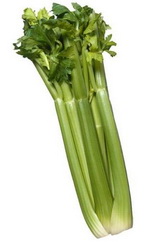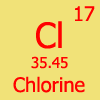|
Chloride – The Second Component Of Table SaltChloride is a mineral formed when the poisonous gas chlorine is dissolved in water. The mineral is also a negatively charged atom that along with sodium makes up common table salt. The atom is also a component of hydrochloric acid which is secreted by the stomach to aid in digestion of food.
Chloride is also the major extracellular anion, a negatively charged ion in the body. It is found outside the cell and in the blood. It also acts with sodium and potassium to control fluid balance in the tissues and blood vessels and to regulate acidity in the body, as well as participating in transmission of nerve impulses. Dietary Recommendation The average intake (AI) for the mineral is 2,300 milligrams/day for adults; however, most of us consume much more than that on a daily basis. The mineral is primarily obtained from the diet as part of salt, although there are other sources. Sources of the Mineral The major source of the mineral is table salt, but it is also present in vegetable seaweed, such as kelp and dulse, and in baked potato, olives, rye, watercress, tomatoes, lettuce, and celery. Too Little or Too Much Mineral Vomiting removes hydrochloric acid along with other stomach contents, when vomiting is frequently, the result is a deficiency of the mineral known as hypochloremia. Deficiency can also result from excessive sweating, heavy vomiting, adrenal gland disease, and kidney disease.
Too much of the mineral known as hyperchloremia, is present in diarrhea, certain kidney diseases, and sometimes overactivity of the parathyroid gland.
For other information on nutrition some great references are: • Nutrition – Fourth Edition by Paul Insel, Don Ross, Kimberley McMahon, and Melissa Bernstein • The Vitamin Alphabet – Your guide to vitamins, minerals and food supplements by Dr. Christiana Scott-Moncrieff MB, CHB, MFHOM
Nutrients In Food
|
What Are Some Sources of Chloride?
Table Salt
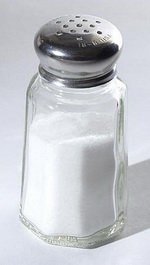
Kelp
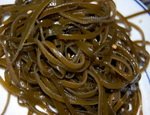
Baked Potato With Skin
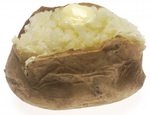
Olives and Tomatoes
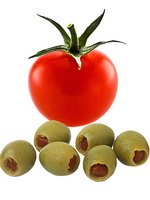
Watercress
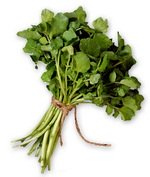
Lettuce
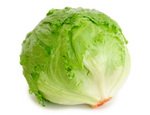
Celery
